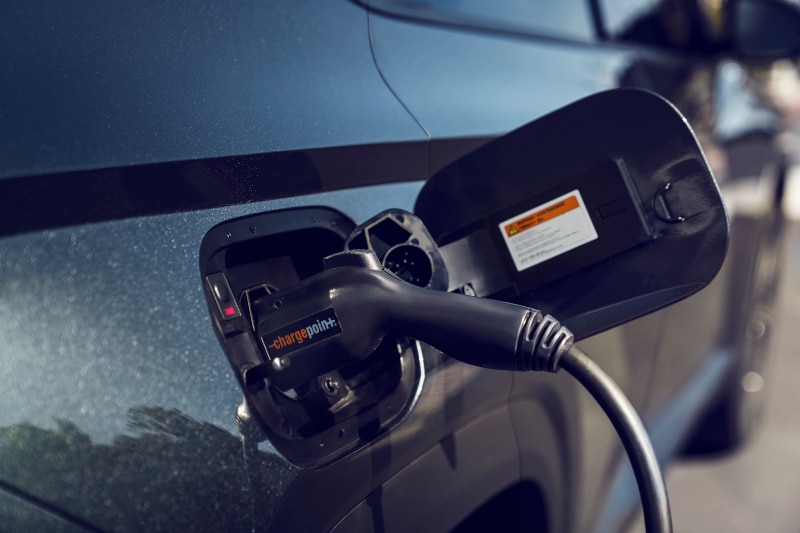There are lots of acronyms used to describe electrified
vehicles that you may not be familiar with, but cars basically fit into one of
three categories.
Battery
Electric Vehicle or Electric Vehicle is what most people think of when they
think of an EV. This type of vehicle is
powered solely by a large battery pack and must be recharged by plugging in the
car. These cars have no conventional engine,
and do not use gasoline at all. The
Hyundai Ioniq 5 and Ioniq 6 as well as the Kona EV all fit into this
category.
Plug-in Hybrids or PHEV are between EVs and traditional gas-powered cars. They have both a gasoline
powered engine as well as an electric battery that can be recharged by plugging it in. These cars and trucks utilize the battery first and are great for short
to medium trips. For example, the Santa Fe PHEV runs up to 30 miles on All-Electric Range and then seamlessly switches
to the gas engine. Depending on the
length of your commute, you can essentially cut out trips to the gas station
almost completely by plugging in your vehicle at home at night, or during the
day at work. Hyundai offers this
intriguing combination on both the Tucson PHEV and the Santa Fe PHEV.
Hybrid Electric vehicles, or HEVs are powered by a
traditional gasoline engine, that is paired to an electric motor which extends
the typical miles per gallon that you would normally get. There are no cords, cables or plugs to worry
about, and you only ever have to put gas in the vehicle. The Elantra, Sonata, Tucson and Santa Fe are
all available in the hybrid configuration.
Types of EVs


